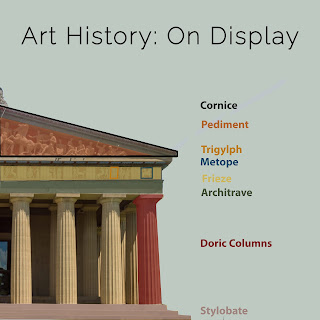AP Art History: Composition with Red, Blue, and Yellow-- #136
Sunday, January 23, 2022
Composition with Red, Blue, and Yellow
Bio of the work:
Title: Composition with Red, Blue, and Yellow
Date: 1929
Medium: Oil on canvas
Museum: The Kunsthaus Zürich
Analysis:
Mondrian was an abstract painter and claimed to be what is called a Neo-Plastist. Being inspired by the cubist reduction of forms to their simplest, Mondrian experimented with blocks of color during the 1920s and 30s. Instead of using fluid forms like his contemporaries, Mondrian composed his paintings of structured, but expressive forms. His style quickly diverged into "De Stijl" or "the style" which was adopted by the Bauhaus in Germany. Mondrian tries to express an impression and a feeling through his structured compositions.
Sources:
https://www.khanacademy.org/humanities/ap-art-history/later-europe-and-americas/modernity-ap/a/mondrian-composition


